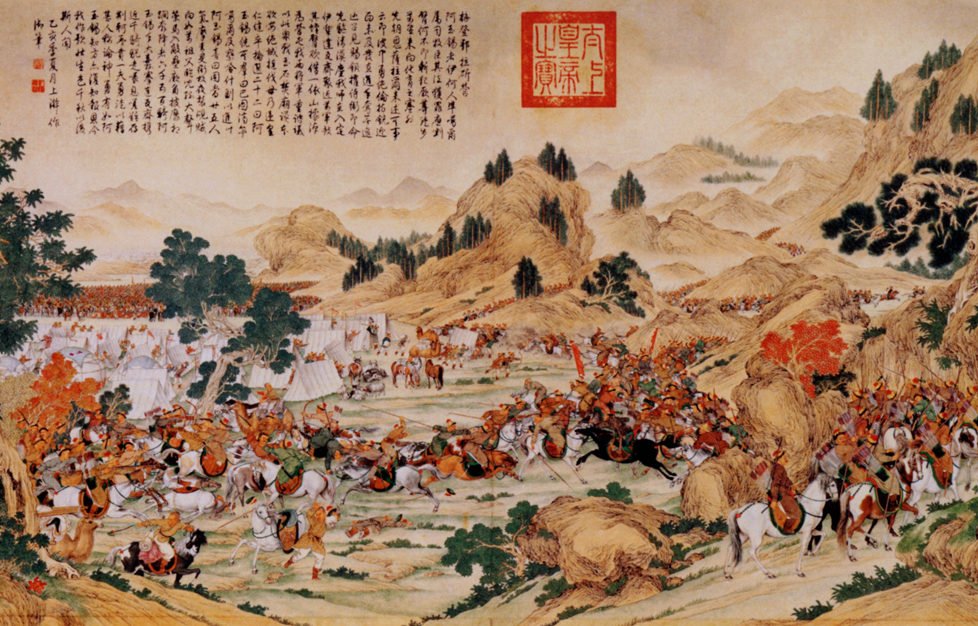The Stronger China Becomes, The Weaker it becomes – patterns in chinese history
China is a unique case. Peace leads to trade and prosperity in the interior of China. Prosperity leads to unequal distribution of wealth between the territories which benefitted from the trade and areas which didn’t benefit. While coast based trade means coast gets richer at the expense of the producer, land based trade means more raids from the Steppes. And more raids in the interior means more armies sent to fight the armies and more armies means more taxation. People are unhappy they are taxed more, armies are unhappy centre is not supporting them enough. And this erupts into a rebellion in China major enough to kill millions and lead to the collapse of whole Chinese Government. It’s not a one-off affair – it happened again and again. Almost every dynasty which ruled China ended because of disturbances in the interior. And Ladakh has a potential to trigger another Dynastic Cycle.








